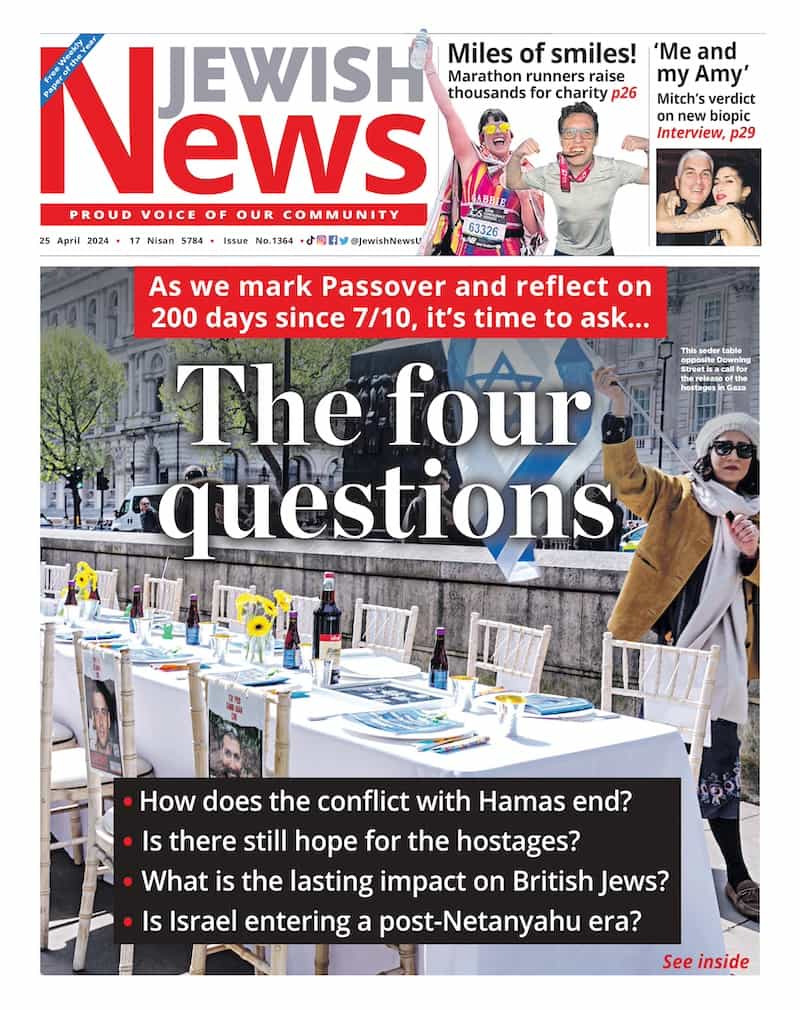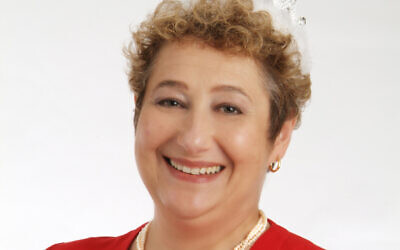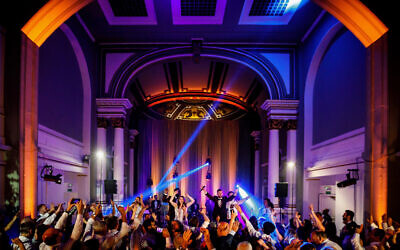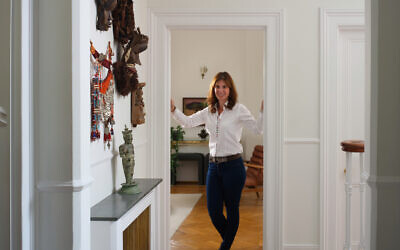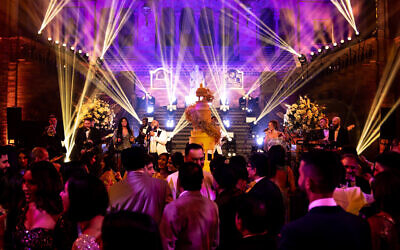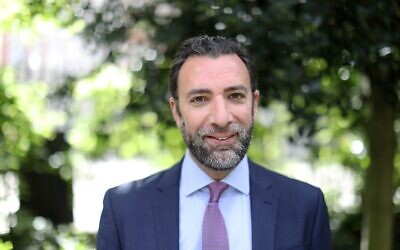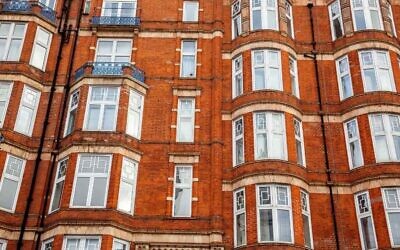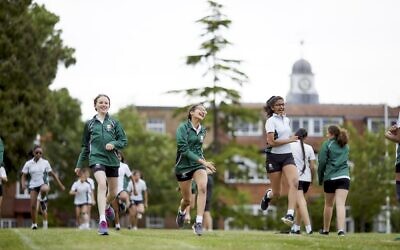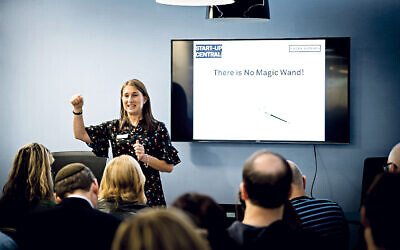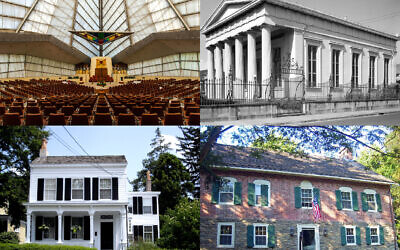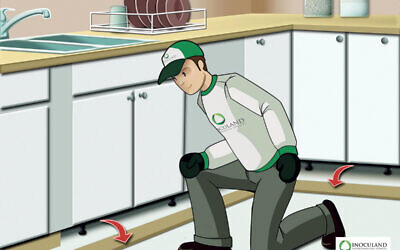Never-before-seen pictures of Warsaw Ghetto uprising discovered
Priceless roll of film taken by Warsaw firefighter during the 1943 Jewish revolt reveals smoke over the ghetto and burned-out houses.
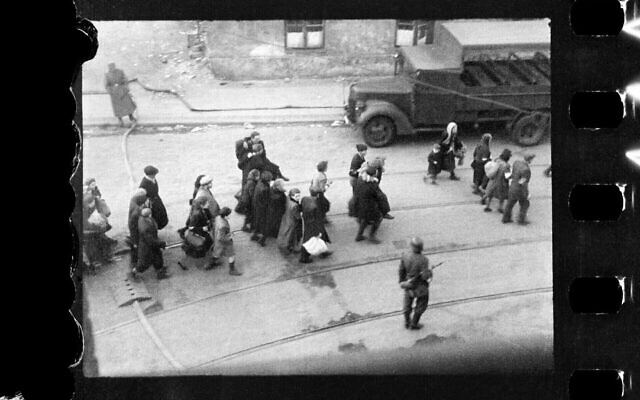
Some 36 historic pictures of the Warsaw Ghetto uprising in 1943 have been seen for the first time.
For the last 80 years, the only way to see images of Jews rising up against their captors in the Warsaw Ghetto has been from the perspective of Germans, who took the only known photographs of the seminal event of Jewish resistance during the Holocaust.
But last month, a roll of film taken by a Warsaw firefighter during the uprising was discovered by his son. The developed pictures offer a previously unseen perspective on the Warsaw Ghetto Uprising according to the POLIN Museum, which announced the find this week.
“The image on them is often blurred, recorded in a hurry, hidden, partially obscured by the elements of the immediate surroundings: the window frame, the wall of the building or standing figures of people,” the museum said in a statement. “The photos, however imperfect, are priceless.”
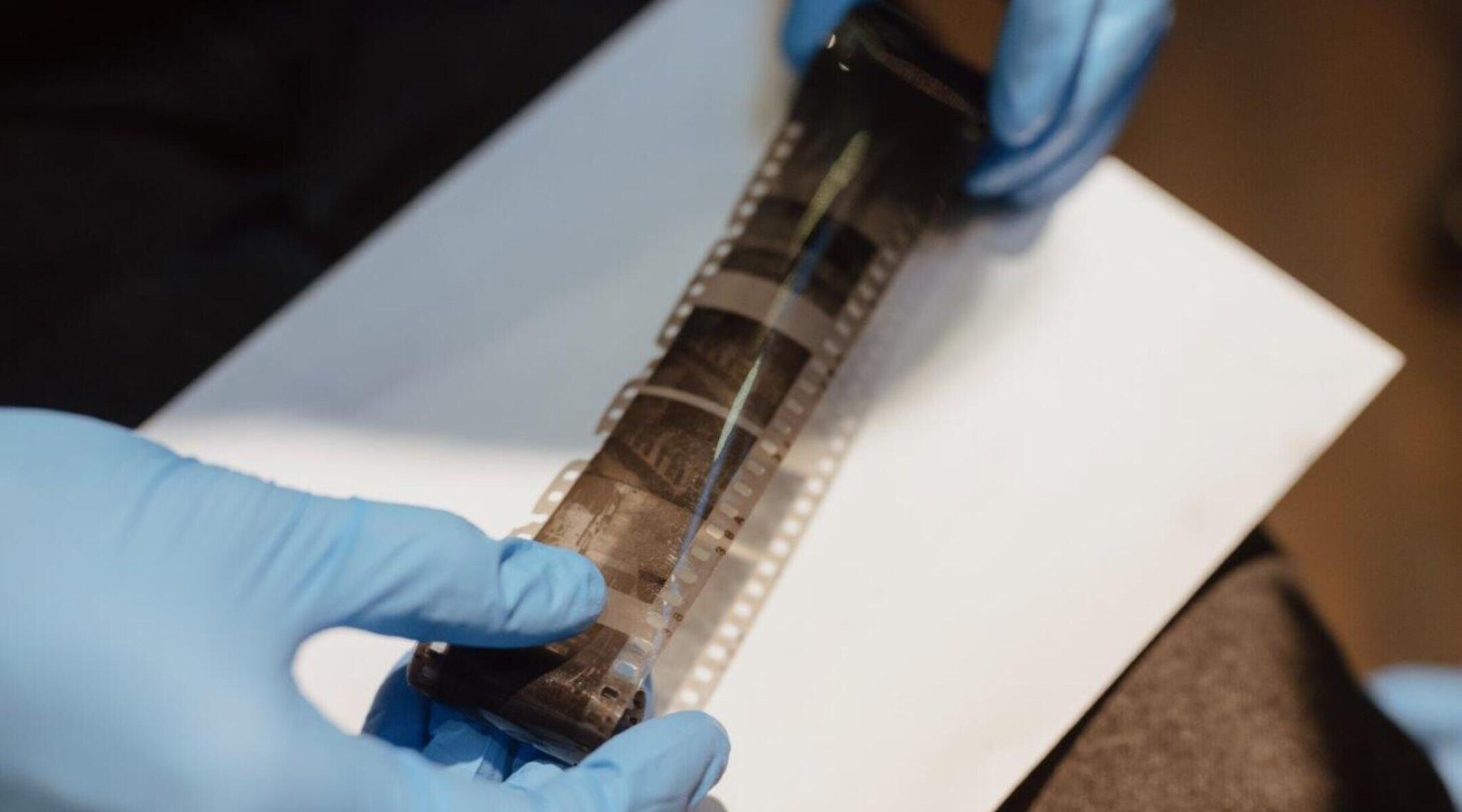
The pictures were taken by Zbigniew Leszek Grzywaczewski, a Warsaw firefighter whose brigade was tasked with making sure the fire in the ghetto did not spread to the “Aryan” side of the city as the Nazis put down the Jewish revolt.
An estimated 13,000 Jews died during the uprising, which was carefully organised and took place over several weeks in April and May 1943, following the Nazis’ decision to “liquidate” the ghetto, Europe’s largest. Many of them died as a result of the fires.
“The sight of those people taken out of there will probably remain in my eyes for the rest of my life,” Grzywaczewski wrote in his diary in 1943. “Faces (…) with mad, unconscious eyes. (…) silhouettes staggering from hunger and terror, dirty, torn. Shot in masses, some alive fall over the corpses of others already liquidated.”
The POLIN museum, which opened on the 70th anniversary of the ghetto uprising 10 years ago to tell the history of Polish Jews, said the photographs suggest that Grzywaczewski understood the significance of what he was doing. The roll contained 48 shots, 36 of which had never been seen before this month.
“These are the views of smoke over the ghetto, on its streets and backyards, burned-out houses, firefighters putting out the fire, standing on the roof of the house and eating a meal from metal canteens in the street,” the museum said. “It seems that Leszek Grzywaczewski tried to record these scenes as best he could, realising the importance of documenting the events inaccessible to the eyes of people on the other side of the ghetto wall.”
The differences in lighting between shots, as well as the inclusion of photographs of the Aryan side of the city interspersed among those of the ghetto, suggest that Grzywaczewski entered the ghetto multiple times with a camera, not just on one occasion.
The pictures were found by Grzywaczewski’s son, Maciej Grzywaczewski, who spent months looking through his father’s archive’s collection on the museum’s hunch that there may be something of value there.
The museum plans to display the pictures as part of an exhibition scheduled around the 80th anniversary of the uprising in April.

Thank you for helping to make Jewish News the leading source of news and opinion for the UK Jewish community. Today we're asking for your invaluable help to continue putting our community first in everything we do.
For as little as £5 a month you can help sustain the vital work we do in celebrating and standing up for Jewish life in Britain.
Jewish News holds our community together and keeps us connected. Like a synagogue, it’s where people turn to feel part of something bigger. It also proudly shows the rest of Britain the vibrancy and rich culture of modern Jewish life.
You can make a quick and easy one-off or monthly contribution of £5, £10, £20 or any other sum you’re comfortable with.
100% of your donation will help us continue celebrating our community, in all its dynamic diversity...
Engaging
Being a community platform means so much more than producing a newspaper and website. One of our proudest roles is media partnering with our invaluable charities to amplify the outstanding work they do to help us all.
Celebrating
There’s no shortage of oys in the world but Jewish News takes every opportunity to celebrate the joys too, through projects like Night of Heroes, 40 Under 40 and other compelling countdowns that make the community kvell with pride.
Pioneering
In the first collaboration between media outlets from different faiths, Jewish News worked with British Muslim TV and Church Times to produce a list of young activists leading the way on interfaith understanding.
Campaigning
Royal Mail issued a stamp honouring Holocaust hero Sir Nicholas Winton after a Jewish News campaign attracted more than 100,000 backers. Jewish Newsalso produces special editions of the paper highlighting pressing issues including mental health and Holocaust remembrance.
Easy access
In an age when news is readily accessible, Jewish News provides high-quality content free online and offline, removing any financial barriers to connecting people.
Voice of our community to wider society
The Jewish News team regularly appears on TV, radio and on the pages of the national press to comment on stories about the Jewish community. Easy access to the paper on the streets of London also means Jewish News provides an invaluable window into the community for the country at large.
We hope you agree all this is worth preserving.

